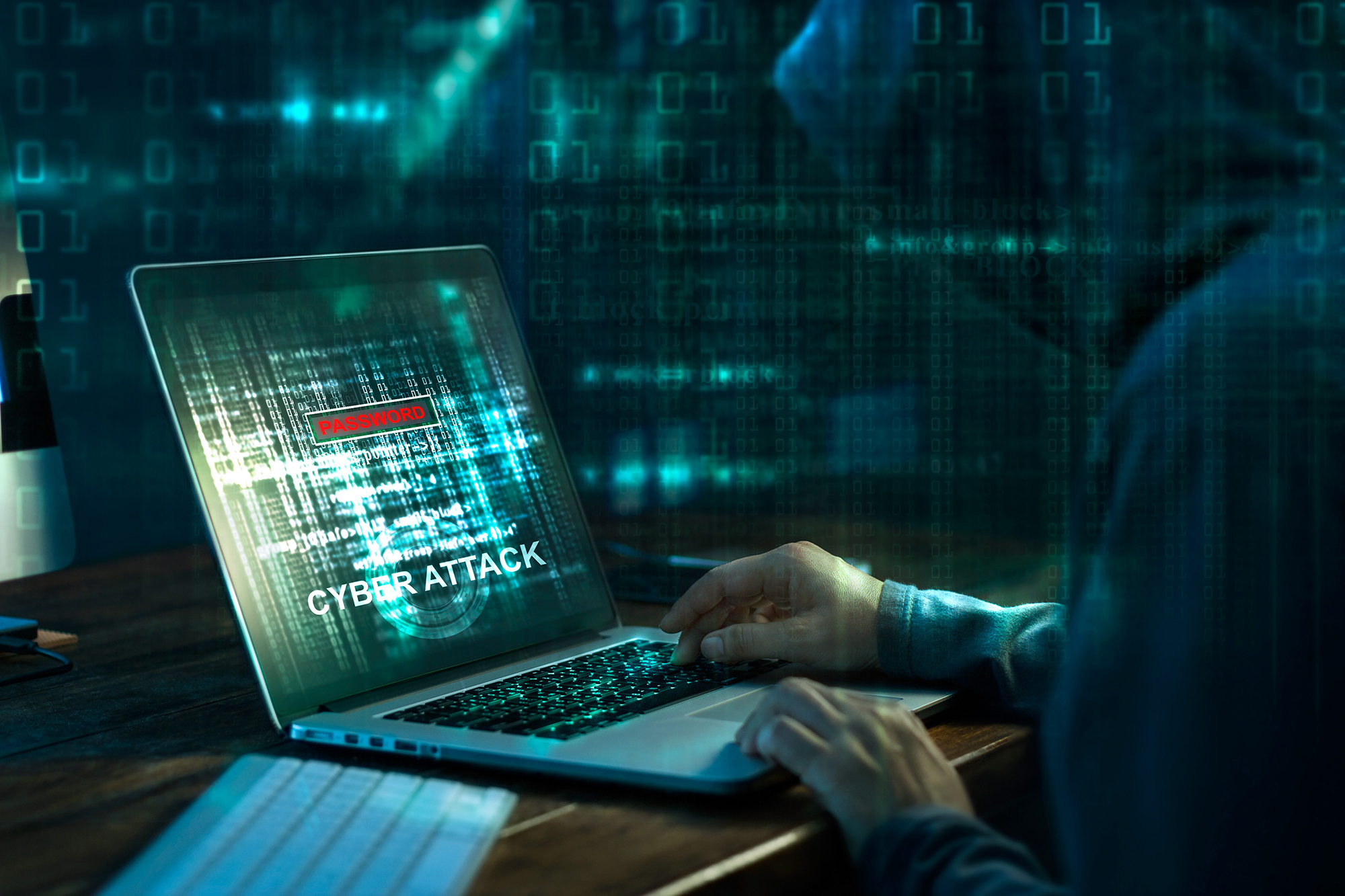

- Use gifsicle malicious image how to#
- Use gifsicle malicious image verification#
- Use gifsicle malicious image code#
Use gifsicle malicious image code#
If a malicious code scanner doesn’t check the Exif data of image files then the malicious code could unnoticed in that as well. The code looks rather harmless by itself, so it could easily be missed when checking for malicious code. The consequences of unrestricted file upload can vary, including. Using a file upload helps the attacker accomplish the first step. Then the attack only needs to find a way to get the code executed. The first step in many attacks is to get some code to the system to be attacked.
Use gifsicle malicious image how to#
Can I simply run each uploaded image through a package like sharp and the rewriting process will remove any embedded code? The author of sharp has made a brief comment on security, but I still don't understand what the possible security issues are or how to handle them.do not just trust the header from the upload). It uses optipng, pngquant, pngcrush, pngout, gifsicle, jpegoptim and jpegtran tools. Set the extension of the stored image to be a valid image extensionīased on the detected content type of the image from image processing Why use xlswriter Please refer to the image below.When if failed again, I installed gifsicle1.0.3. When the build failed, I installed grunt-contrib-imagemin and re-ran the process.

How to Resize Image Without Losing Quality Online When you use free image. After running my build again today (new location), I'm getting similar errors from yesterday.

Use image rewriting libraries to verify the image is valid and to Remarkably, not even a new malware can pass detection through Hitman Pro.
Use gifsicle malicious image verification#
I am trying to follow these OWASP Upload Verification guidelines: However, I am new to web application security and when it comes to image sanitization I am a bit lost. Its most common uses include combiningsingle images into animations, adding transparency, optimizing animations forspace. I am validating the uploaded images in both the client and server to only allow. I am creating a web app using hapi.js that allows users to upload images.


 0 kommentar(er)
0 kommentar(er)
